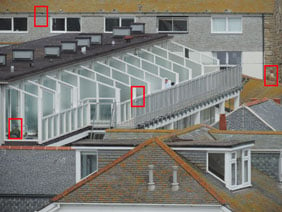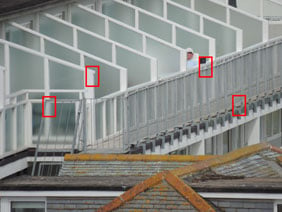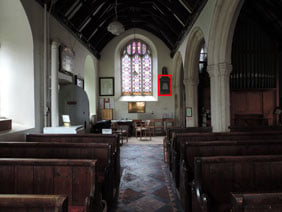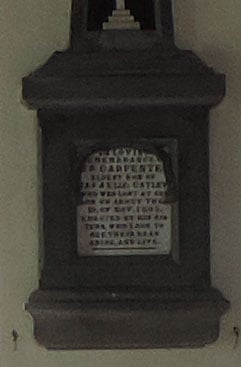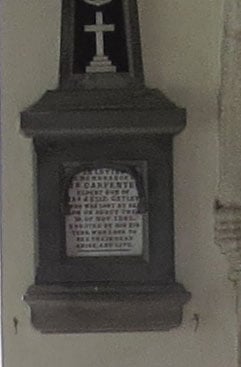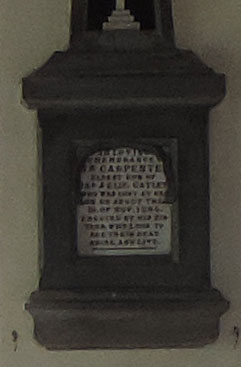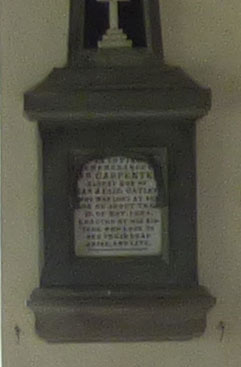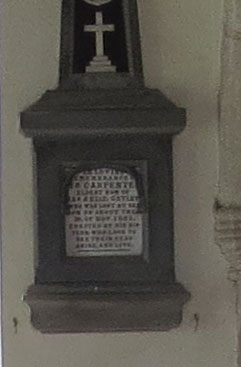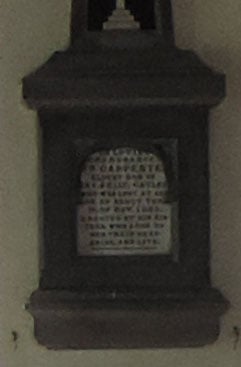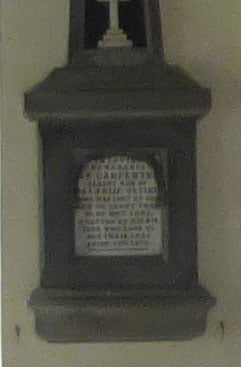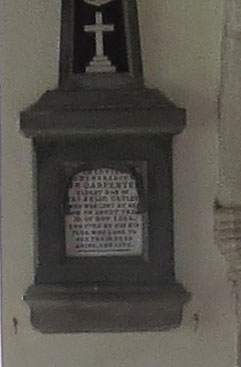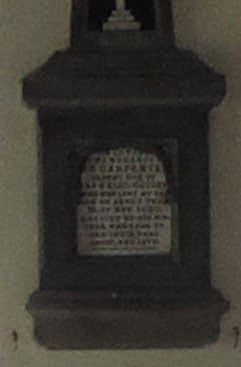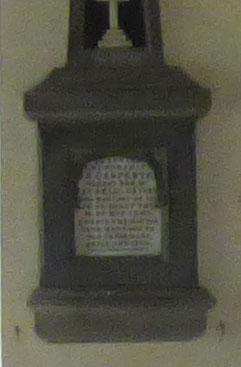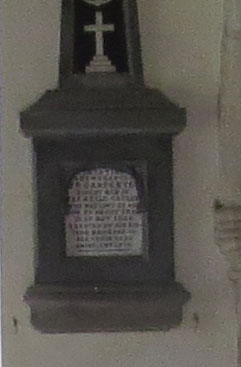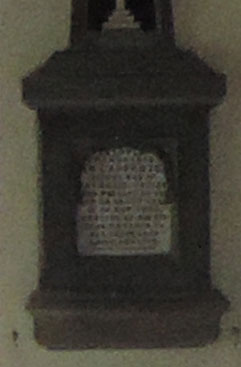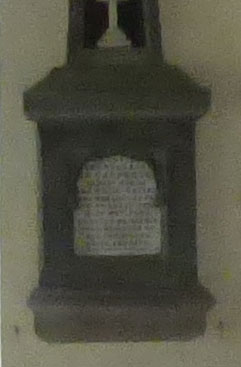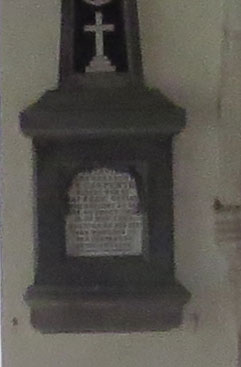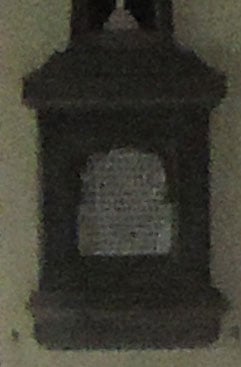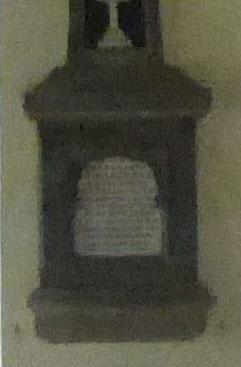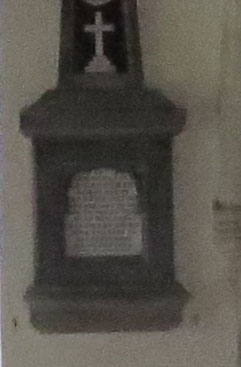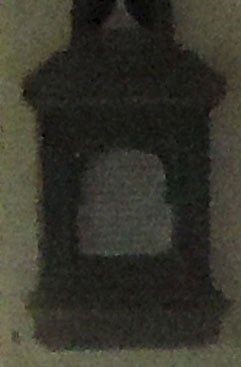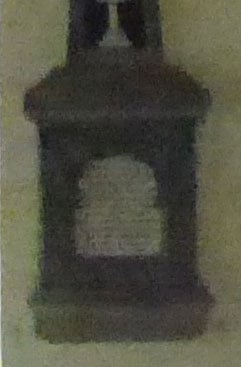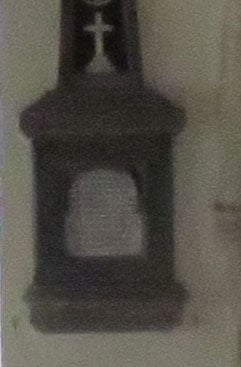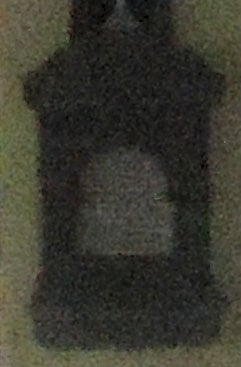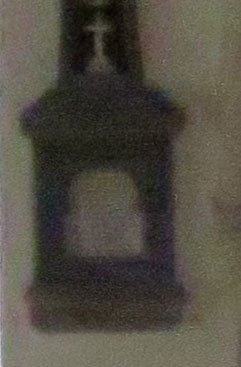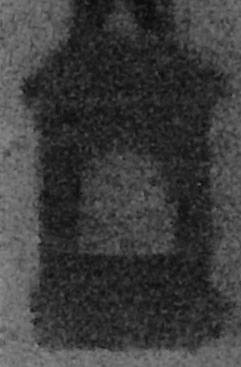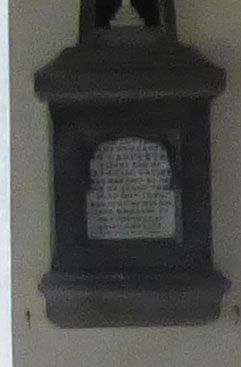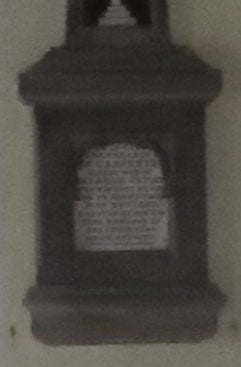Nikon COOLPIX P520
-
-
Written by Ken McMahon
Quality
Nikon COOLPIX P520 vs Panasonic Lumix FZ70 / FZ72 vs Canon PowerShot SX50 HS Quality JPEG
|
Nikon COOLPIX P520 |
Panasonic Lumix FZ70 / FZ72 |
Canon PowerShot SX50 HS | ||
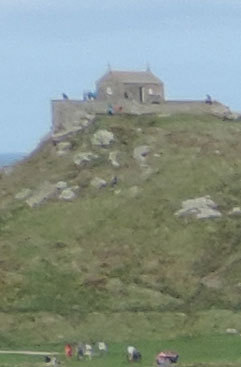 | 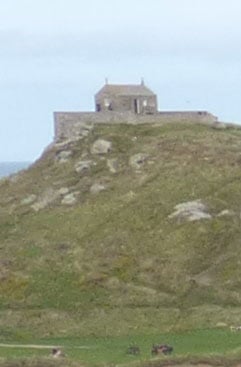 | 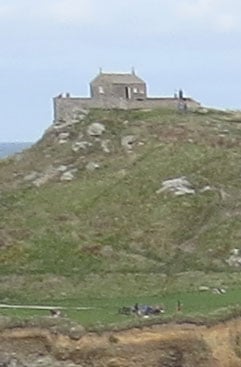 | ||
f4.2, 80 ISO |
f4, 100 ISO |
f4, 80 ISO | ||
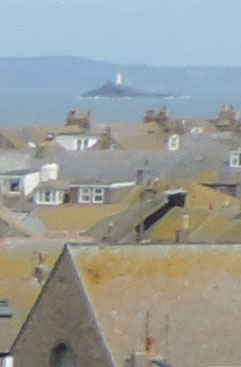 | 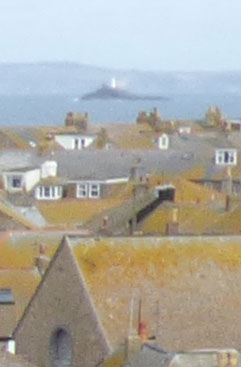 | 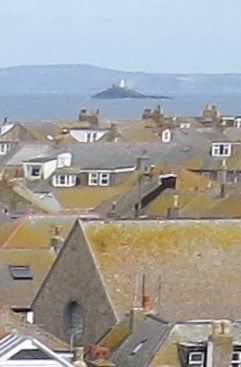 | ||
f4.2, 80 ISO |
f4, 100 ISO |
f4, 80 ISO | ||
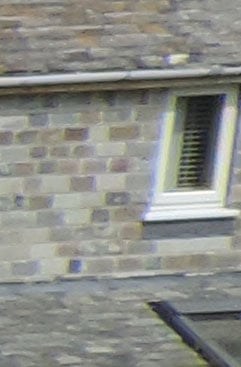 | 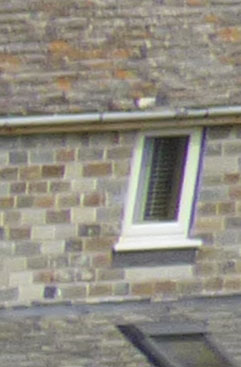 | 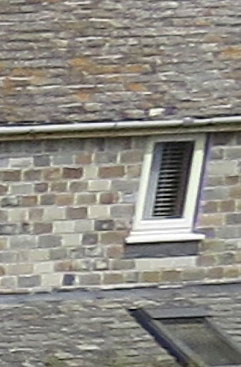 | ||
f4.2, 80 ISO |
f4, 100 ISO |
f4, 80 ISO | ||
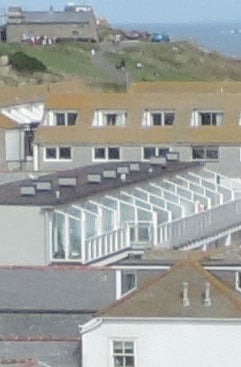 | 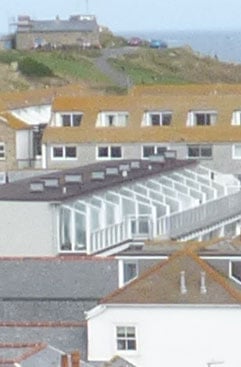 | 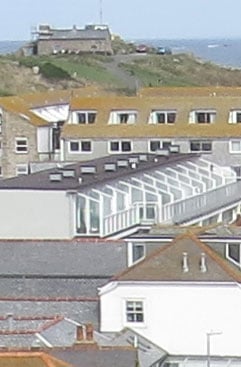 | ||
f4.2, 80 ISO |
f4, 100 ISO |
f4, 80 ISO |
Nikon COOLPIX P520 vs Panasonic Lumix FZ70 / FZ72 vs Canon PowerShot SX50 HS Quality at 600mm
For this next test I zoomed all three cameras in to an equivalent focal length of around 600mm. With the exposure mode in Aperture priority, each camera was set to the widest available aperture. As usual, the crops are taken from the areas marked by the red rectangles.
As before, the area and size of the detail in these crops varies because of the different sensor resolutions with the 18 Megapixel Nikon COOLPIX P520 showing the smallest area with the largest detail, followed by the 16 Megapixel Lumix FZ70 / FZ72, then the 12 Megapixel PowerShot SX50 HS.
The first crop from the COOLPIX P520 shows about the same level of detail as the wide angle crop, but generally, these crops look slightly better and more consistent than those shot at the 24mm focal length. There’s still a degree of distortion in the third crop from the frame edge, though, and the image detail is much softer here.
There’s less difference between the Lumix FZ70 / FZ72 crops and those from the COOLPIX P520 and PowerShot SX50 HS in the middle of the zoom range. In the first crop, the FZ70 / FZ72 comes off worst, with both the other models producing a more detailed image, but there’s very little to chose between the three of them in the second and third crops (the PowerShot SX50 HS does slightly better in the second crop, but worse in the third). In the final crop all three would be evenly matched, but the Lumix FZ70 / FZ72 is let down by a clumpiness that covers the crop but is most visible in the top half.
Nikon COOLPIX P520 |
Panasonic Lumix FZ70 / FZ72 |
Canon PowerShot SX50 HS | ||
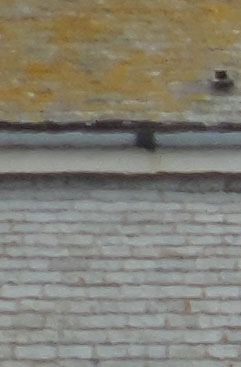 | 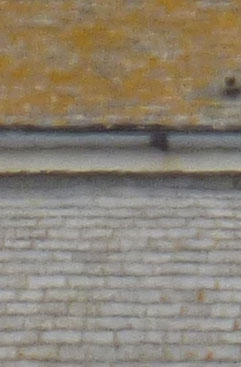 | 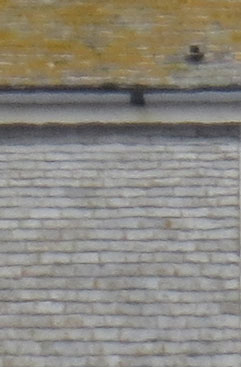 | ||
f5.4, 80 ISO |
f5.6, 100 ISO |
f5.6, 80 ISO | ||
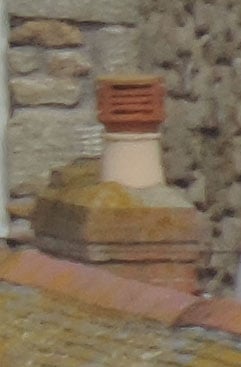 | 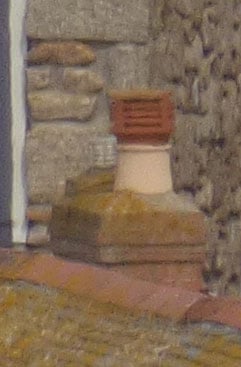 | 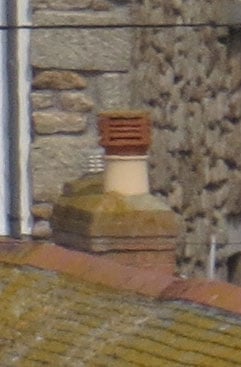 | ||
f5.4, 80 ISO |
f5.6, 100 ISO |
f5.6, 80 ISO | ||
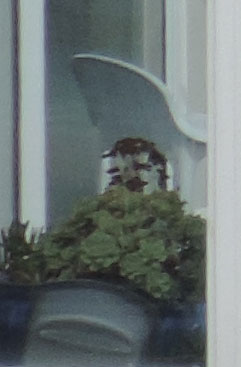 | 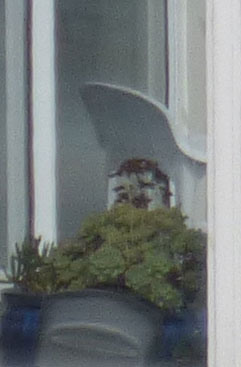 | 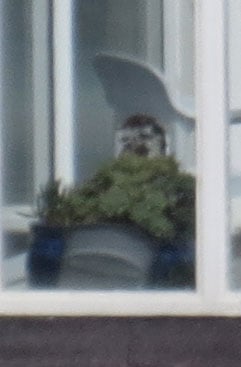 | ||
f5.4, 80 ISO |
f5.6, 100 ISO |
f5.6, 80 ISO | ||
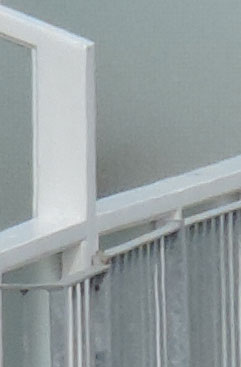 | 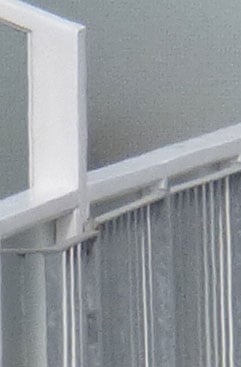 | 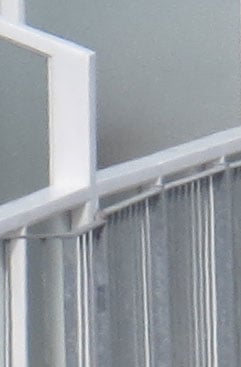 | ||
f5.4, 80 ISO |
f5.6, 100 ISO |
f5.6, 80 ISO |
Nikon COOLPIX P520 vs Panasonic Lumix FZ70 / FZ72 vs Canon PowerShot SX50 HS Quality at maximum zoom
For this final test I zoomed all three cameras in to their maximum focal length – 1000mm on the COOLPIX P520, and 1200m on the Lumix FZ70 / FZ72 and PowerShot SX50 HS. Again, the exposure was left in Aperture priority mode and set to the widest available aperture – f5.9 on the COOLPIX P520 and Lumix FZ70 / FZ72 and f6.5 on the SX50 HS. As usual, the crops are taken from the areas marked by the red rectangles.
These crops appear in order from left to right across the frame, so the first and last are from the frame edges with the middle two closer to the centre. Once again, this is a better performance from the COOLPIX P520 than at its wide angle setting, so, as far as the lens is concerned at least, you’ll get the best results when its zoomed in.
Though it turns in a very good result from the first crop, the crops from the Lumix FZ70 / FZ72 are all slightly marred by a clumpy pixellation which was much less apparent at the wider focal lengths. But despite the minor quality differences between the COOLPIX P520 and the Lumix FZ70 / FZ72 at each of the three zoom settings, on balance It appears there’s little to chose between them in terms of quality. It’s much easier to spot the gap between these two and the Canon PowerShot SX50 HS which outclasses them both, managing to achieve consistently good results with sharp edges and a high level of detail right across the zoom range.
Nikon COOLPIX P520 |
Panasonic Lumix FZ70 / FZ72 |
Canon PowerShot SX50 HS | ||
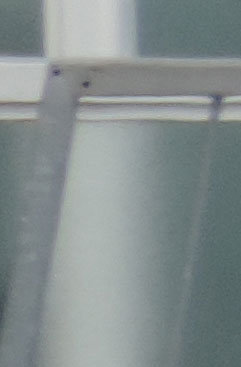 | 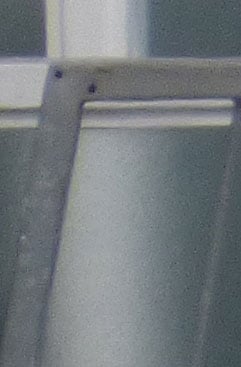 | 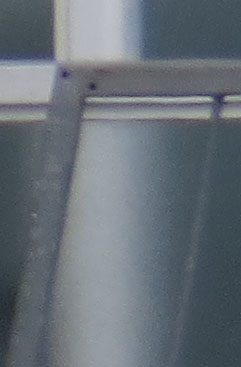 | ||
f5.9, 80 ISO |
f5.9, 100 ISO |
f6.5, 80 ISO | ||
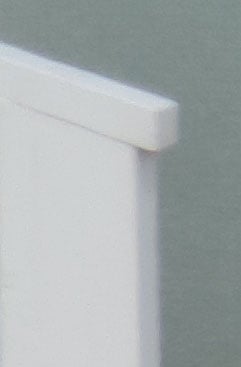 | 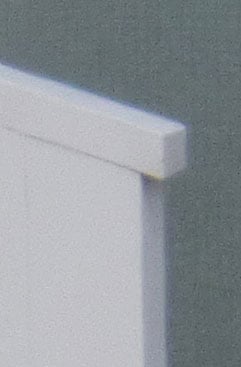 | 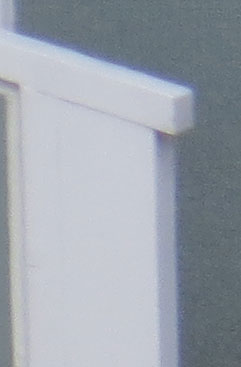 | ||
f5.9, 80 ISO |
f5.9, 100 ISO |
f6.5, 80 ISO | ||
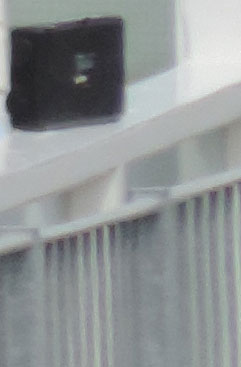 | 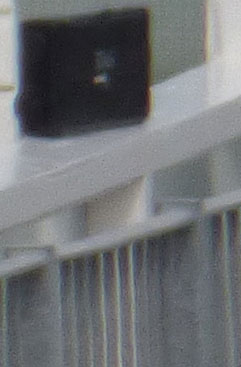 | 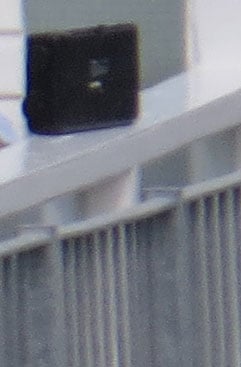 | ||
f5.9, 80 ISO |
f5.9, 100 ISO |
f6.5, 80 ISO | ||
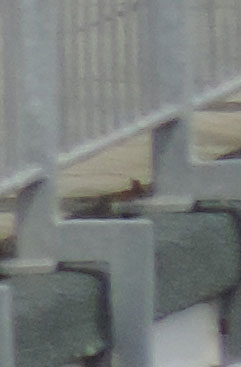 | 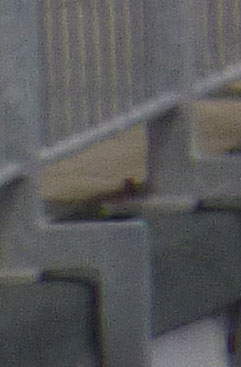 | 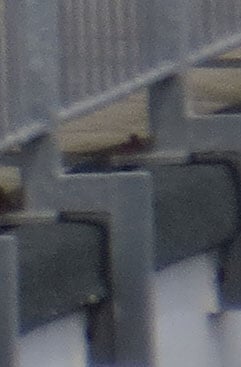 | ||
f5.9, 80 ISO |
f5.9, 100 ISO |
f6.5, 80 ISO |
Nikon COOLPIX P520 vs Panasonic Lumix FZ70 / FZ72 vs Canon PowerShot SX50 HS Noise JPEG
The above shot was taken with the Nikon COOLPIX P520 in Aperture priority mode. The camera was mounted on a tripod and tonal enhancement features were left on their default settings. The COOLPIX P520 JPEG file measured 6.23MB and, as usual, the crops are taken from the areas marked by the red rectangle. The aperture on the COOLPIX P520 was set to f4.2, previously determined to produce the best results, and at its base 80 ISO sensitivity setting it metered an exposure of 0.6s. If you’re wondering why f4.2 and not f4, at its 24mm wide angle setting, the COOLPIX P520 has a maximum aperture of f3 and in Aperture priority mode increments in 1/3EV steps. It’s therefore not possible to set f4 and the closest alternative is f4.2. Also set to f4 the Lumix FZ70 / FZ72 selected 1/2s at 100 ISO and, at f4 and 80 ISO, the Powershot SX50 HS metered 0.8s. The base 80 ISO crop from the COOLPIX P520 looks visibly noisy. You can see the noise texture in the flat colour background wall and it’s obscuring the finer detail in the text panel. But the 80 ISO crop is a little better than the 100 ISO one, where there is a slight, but visible increase in the the texture. That said, you’d have to be pixel-peeing at 100% view to spot it. At 200 ISO the noise processing changes up a gear with the result that the graininess doesn’t increase, instead there’s an overall slight softening of the detail, which is probably preferable. Then at 400 ISO there’s still the softness, but the texture is punching through it. Despite that, there’s still a good level of detail in the 400 ISO crop and I’d have no qualms about using it for everyday low-light situations. At 800 ISO things are becoming very mottled-looking and the noise has now reached a level where it’s beyond the capabilities of the processing and visible at smaller magnifications. 1600 ISO is more noise than image, and this is the watershed for the COOLPIX P520 and the point at which you have to think twice before committing to a shot that you’re really only going to be happy with at smaller sizes. Given that 1600 ISO provides a borderline level of quality, you might be surprised that COOLPIX carries on up the sensitivity scale all the way to 6400 ISO and even offers a 12800 ISO High ISO monochrome effect, shown last in the table below. But while these higher sensitivity settings may look dreadful in the 100 percent crops below, and even look a bit grotty at smaller screen sizes, they’re certainly worth having for capturing shots that would otherwise never see the light of day. So how does the base 100 ISO crop from the Lumix FZ70 / FZ72 compare with the 80 ISO crop from the COOLPIX P520? It looks to me like the COOLPIX P520 has lover levels of noise at 80 ISO. That, plus the larger detail produces a better result than the 100 ISO crop from the FZ70 / FZ72. At 100 ISO the noise levels are similar and in fact there’s not much to choose between these two all the way up the sensitivity range. The COOLPIX P520 has the advantage of a 6400 ISO and even a mono 12800 ISO setting which is useful for very low light shooting, just don’t expect too much in terms of detail. Compared with the PowerShot SX50 HS there’s less noise in the SX50 HS’s 80 ISO crop, and 100 ISO crop also looks cleaner. In fact in the 100 to 400 ISO range the PowerShot SX50 HS produces visibly less noisy images with clearer detail. Beyond that it maintains an advantage but, as with the COOLPIX P520, the noise makes these settings unsuitable for full-sized reproduction. Now head over to my COOLPIX P520 sample images to see some more real-life shots in a variety of conditions.
|
